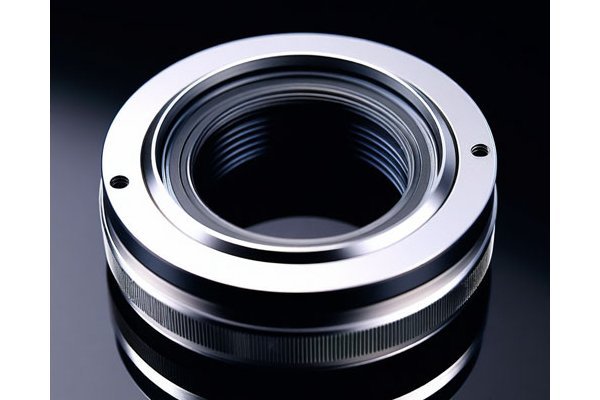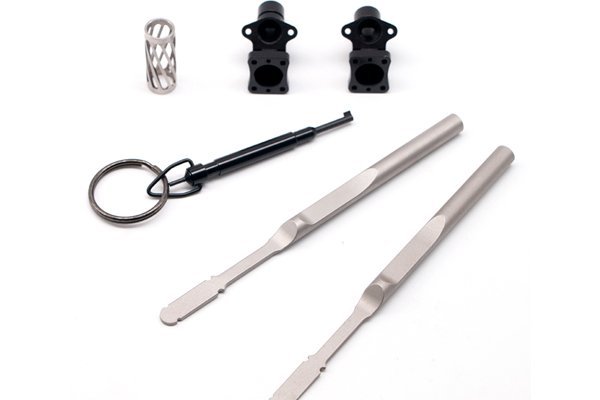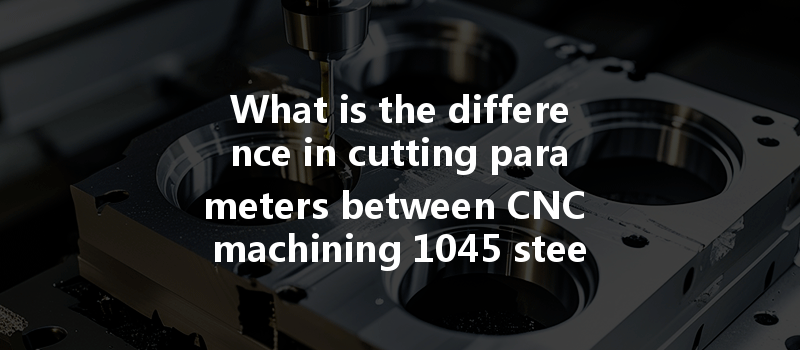Did you know that steel is one of the most widely used materials in modern manufacturing, with over 1.5 billion tons produced globally each year? From automotive components to industrial machinery, industries rely heavily on steel for its strength, durability, and ease of machining. However, when it comes to CNC (Computer Numerical Control) machining, not all steel types are created equal. Among the most commonly machined steels are 1045 and 4140, each possessing unique properties and requiring specific cutting parameters. But what exactly differentiates these two, and how can understanding their nuances enhance your machining accuracy and efficiency?
In this comprehensive blog, we will dissect the cutting parameters and characteristics of 1045 and 4140 steel, delve into their applications, and provide a detailed solution on how to optimize CNC machining for these distinct materials.
Understanding 1045 Steel and 4140 Steel
Before we explore cutting parameters, it’s crucial to understand the fundamental differences between 1045 and 4140 steel.
1045 steel is a medium carbon steel containing approximately 0.45% carbon by weight, which gives it a balanced combination of strength and ductility. It’s commonly used when higher strength is required without compromising toughness.

4140 steel is alloy steel that not only contains carbon (approximately 0.40% by weight) but also has additions of chromium and molybdenum, which enhance its hardenability and toughness significantly.
Key Differences in Cutting Parameters
The machinability of a material is a critical factor in determining the cutting parameters.
Cutting speed (surface speed) is essential for effective machining.
Feed rate refers to the speed at which the cutting tool approaches the workpiece.
The depth of cut is the thickness of the chip removed in a single pass.

Choosing the right tooling is pivotal for successful machining operations.
Optimization of Cutting Parameters
To efficiently machine both 1045 and 4140 steels, it’s important to go beyond basic parameter knowledge and delve into optimization strategies. Here are detailed protocols to ensure your CNC operations yield high-quality outputs with minimum waste.
Effective cooling and lubrication serve to reduce tooling wear and improve chip removal.
2. Adjustment of RPM
The spindle speed should be adjusted based on the real-time monitoring of the cut. Use a tachometer to measure spindle performance and adjust speeds live depending on tool wear or workpiece hardness.
Machining high-strength materials can lead to vibrations. Implement chatter-free tools and reduce setup errors by ensuring correct tool assembly and rigidity in clamping a workpiece.
Utilize CNC capabilities to ramp variable speeds at the start of the machining operation. This gradual introduction minimizes tool shock and extends tool life.
For deeper cuts on 4140 steel, consider using a multi-pass strategy. This not only protects tooling but also contributes to a better surface finish and accuracy.
Implement a robust tool management program, scheduling regular checks for wear and tear. Replace tools preemptively to avoid downtime caused by unexpected failures.
Common Challenges and Solutions
It’s essential to be aware of the common issues that arise when machining 1045 and 4140 steel.
Constantly evaluate the cutting dynamics to determine optimal tool life and productivity.
Achieving the desired smooth finish can sometimes be elusive, especially with 4140 steel.
Heat from high-speed metal removal can result in tool degradation and distorted parts.
In summary, understanding the cutting parameters of 1045 and 4140 steel is not just critical for achieving high quality in CNC machining, but essential for optimizing production efficiency and minimizing production costs. By considering factors such as machinability, cutting speeds, feeds, and tooling requirements, machinists can effectively tailor their processes to the specific needs of each material.
This discussion underscores the importance of continually adapting and refining Machining processes as technologies evolve. As always, informed decision-making grounded in the latest knowledge can make all the difference in your production outcomes.
As you navigate the complexities of CNC machining, remember that understanding the unique characteristics of each material is a fundamental part of enhancing operational success and achieving excellence in manufacturing.




